Kingdom Animalia Family Trionychidae Scientific name Pelochelys cantorii Higher classification Pelochelys Order Turtle | Suborder Cryptodira Genus Pelochelys Phylum Chordata Rank Species Clutch size 24 – 70 | |
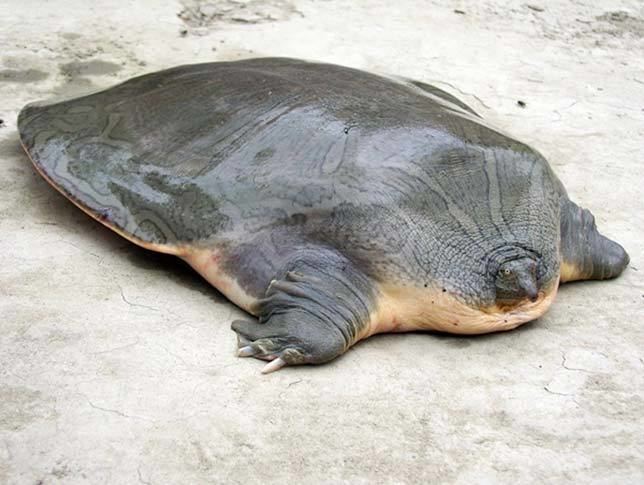 | ||
Similar Pelochelys, Turtle, Trionychidae, Yangtze giant soft, Reptile | ||
Cantor's giant softshell turtle or Asian giant softshell turtle (Pelochelys cantorii) is a species of freshwater turtle native to Southeast Asia. It has been considered the largest extant freshwater turtle. The species is endangered and in the 20th century has disappeared from much of its former range .
Contents
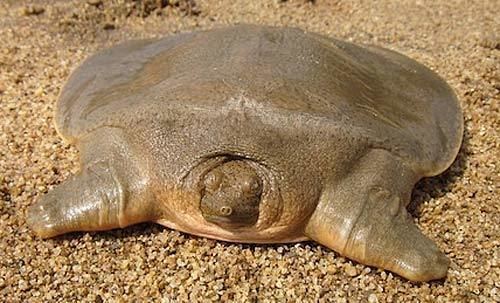
Taxonomy
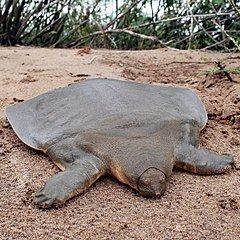
Cantor's giant softshell turtle is not found in New Guinea, while the two other members of the genus Pelochelys, P. bibroni and P. signifera are both restricted to New Guinea. P. cantorii is relatively unstudied, and the current species may actually be composed of several taxa. One study from 1995 showed what was once thought to be P. cantorii in New Guinea was actually P. bibroni, and the earlier studies of P. cantorii only described populations further to the west.
Description
Cantor's giant softshell turtle has a broad head and small eyes close to the tip of its snout. The carapace is smooth and olive-colored. Juveniles may have dark-spotted carapaces and heads, with yellow around the carapace.
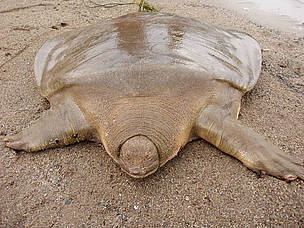
Despite reports that it can grow up to 6 feet (1.8 m) in length and is the world's largest extant freshwater turtle, this maximum size and title is murky at best. Apparently the largest specimen carapace length, 129 cm (51 in), known is considered suspect and the heaviest specimen known (weighing approximately 250 kg (550 lb) was actually a misidentified Yangtze giant softshell turtle. A more realistic range of carapace length for this species is reportedly 70 to 100 cm (28 to 39 in) and it is one of about a half-dozen giant softshell turtles from three genera that reach exceptionally large sizes, i.e. in excess of 100 kg (220 lb) in mass.
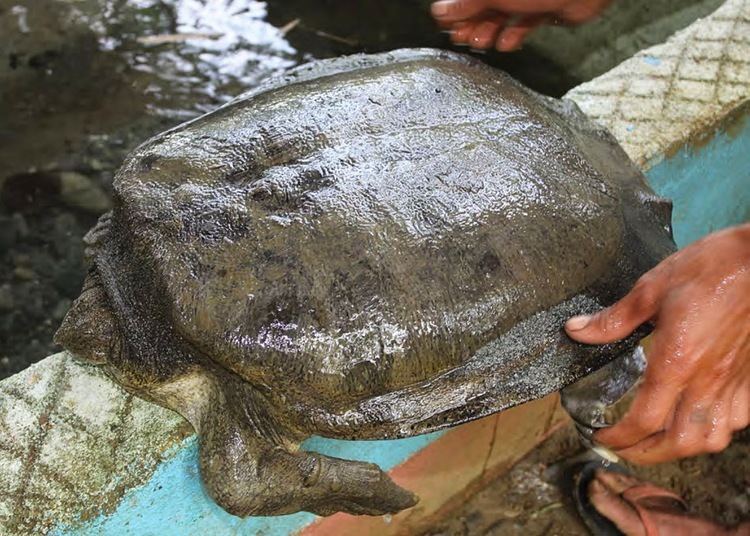
The species is an ambush predator and primarily carnivorous, feeding on crustaceans, mollusks and fish (although some aquatic plants may also be eaten). The turtle spends 95% of its life buried and motionless, with only its eyes and mouth protruding from the sand. It surfaces only twice a day to take a breath, and lays 20–28 eggs (about 1.2 to 1.4 inches (3.0 to 3.6 cm) in diameter) in February or March on riverbanks.
Morphological differences in neural bone count have been noted between specimens found in the Philippines and mainland Asia.
The species is named after Theodore Edward Cantor.
Distribution and habitat
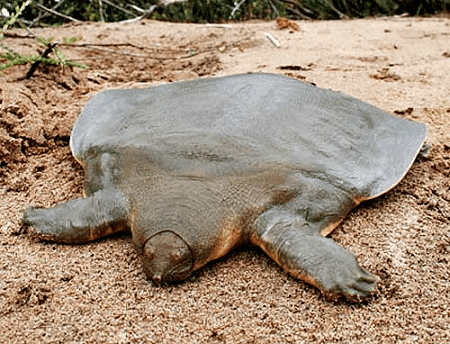
The species is primarily found inland, slow-moving, freshwater rivers and streams. Some evidence indicates its range extends to coastal areas, as well. It occurs in eastern and southern India, Bangladesh, Burma, Thailand, Malaysia, Laos, Cambodia, Vietnam, eastern and southern China, the Philippines (Luzon and Mindanao), and Indonesia (Kalimantan, Java, and Sumatra).
Conservation
Cantor's giant softshell turtle is classified as Endangered by the IUCN and has disappeared from much of its range. Prior to 2007, it was last seen in Cambodia in 2003. A 2007 survey of one area of the Mekong River in Cambodia found the turtle in abundance along a 30 miles (48 km) stretch of the river.
In the Philippines, a juvenile Cantor’s turtle known as “cagot" appeared and was captured by a fisherman along the Addalam River, Cabarroguis, Quirino, Isabela. In 2001, this turtle was sent to Chicago and its identity confirmed.
